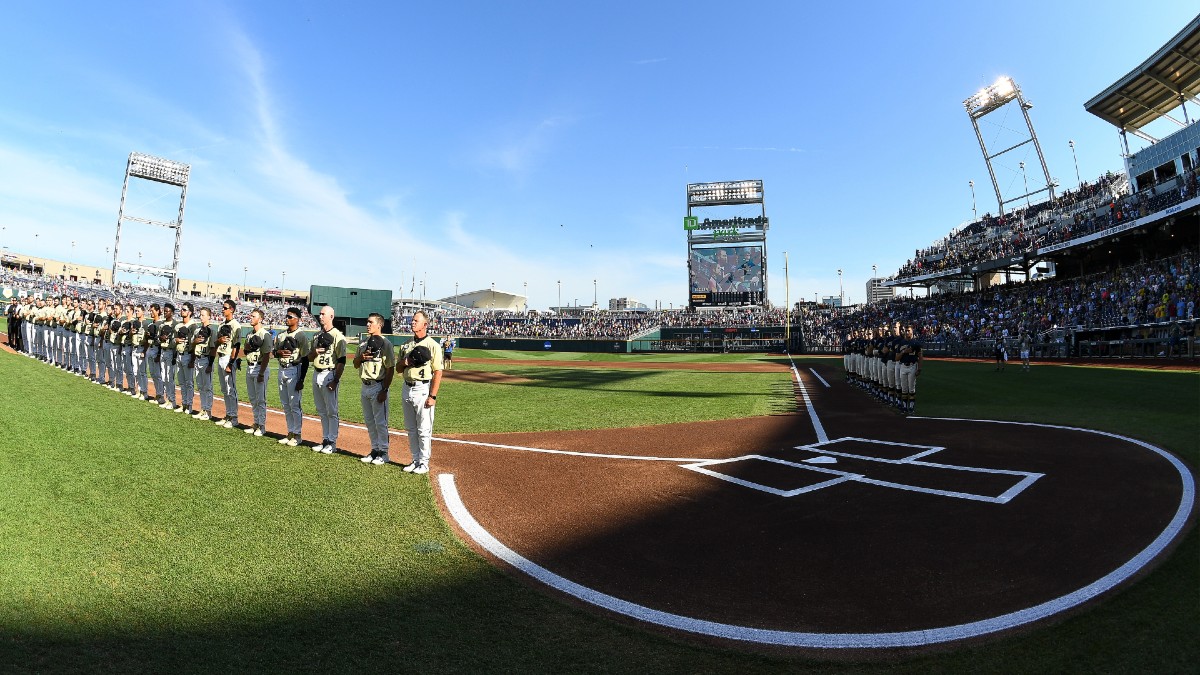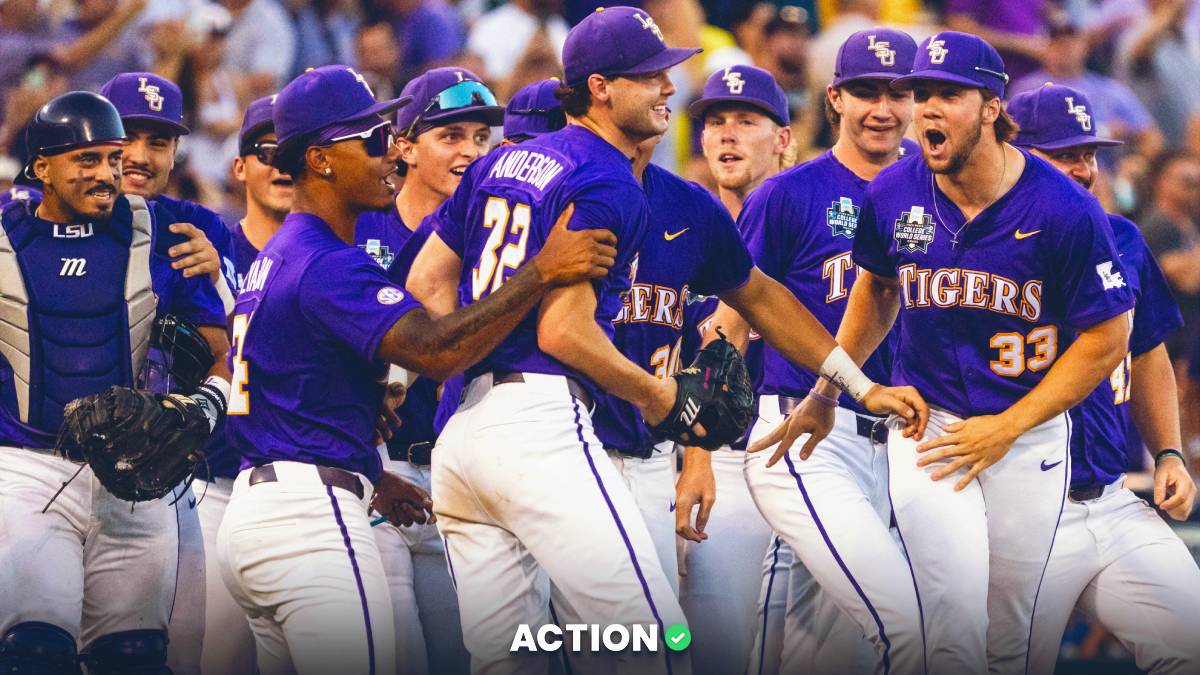With college baseball conference tournaments wrapped up, a prime opportunity exists to size up the current field.
The remaining Regional seeds are set to host pods of four before the 16-team Super Regional weekend. This article will focus on all the data needed to create projections on the moneyline and totals once the postseason starts.
Our first data set is Park Factors, as used by Major League Baseball to determine if a stadium promotes an environment of scoring. The statistic is calculated by all runs scored by or against a team at home, divided by all runs scored on the road.
While MLB uses all runs from all games, college baseball is a bit of a different animal. Managers look to set rotations midweek in nonconference games. Similar to conference tournaments, if the game isn't important to the team's goal, then that unit may elect to utilize freshman bullpen arms for the whole game.
To combat that college baseball dynamic, our Action Network Park Factors look at a two- and five-year sample set of games from a team in conference play only. The average national mark is 1.00 from a Park Factors perspective, with deviations of the number representing a percentage of runs scored at home rather than on the road.
An East Carolina conference game in Dowdy-Ficklen Stadium was a scoring bonanza this season, coming in at the mark of 1.42 in Park Factors. This certainly moved the needle on a previous five-year average of 0.92.
Think of Park Factors as a way to adjust projected totals for games based on the home venue. Here are the 2023 Park Factors for potential regional hosts.
One of the largest contributors to run lines and totals is BaseRuns, defined as the total number of runs scored versus allowed.
Numerous MLB sites calculate BaseRuns for consumers, but from a college perspective, the data mining is more complex. The high-level ideology of BaseRuns comes down to calculating singles, doubles, triples, walks, home runs, sacrifices and stolen bases to generate an expected total.
Campbell is a team with one of the largest differences in runs per game versus BaseRuns. The Camels have been an offensive juggernaut, averaging 9.94 runs per game but a whopping 10.96 BaseRuns.
Here are the final regular season numbers for runs per game versus BaseRuns.
To complete the trifecta of important statistics heading into Regionals, staff ERA and FIP are uber important to the number. As we learned from Alabama in 2023, predicting a starting pitcher is the toughest task in handicapping college baseball.
Coming with a base assignment for the staff comes by combining Earned Run Average (ERA), Fielding Independent Pitching (FIP) and Expected Fielding Independent Pitching (xFIP).
Depending on how deep a handicapper wants to drill, taking the staff averages can be split by bullpen, starters and expected number of contributed innings. For example, Arkansas may elect to start former closer Brady Tygart, but manager Dave Van Horn will be quick to pivot the 3rd or 4th inning to glue guy Will McEntire.
Here are the base numbers for ERA, FIP and xFIP when calculating projected moneyline, run lines and totals.




















































